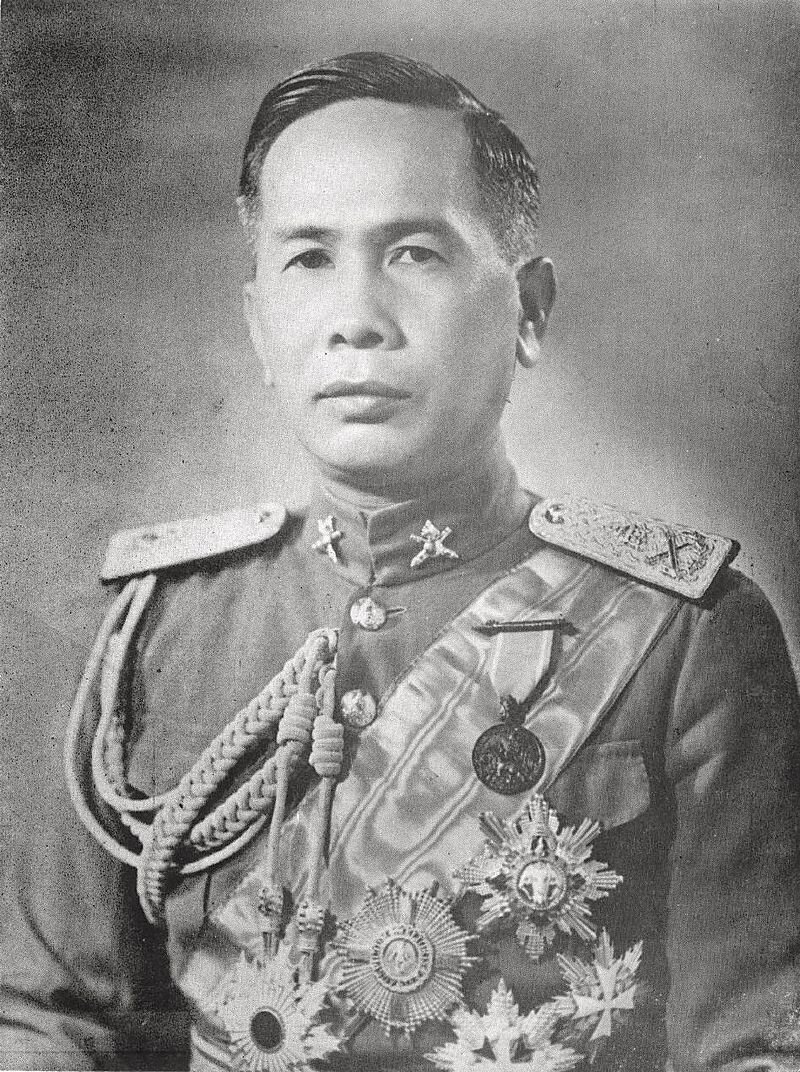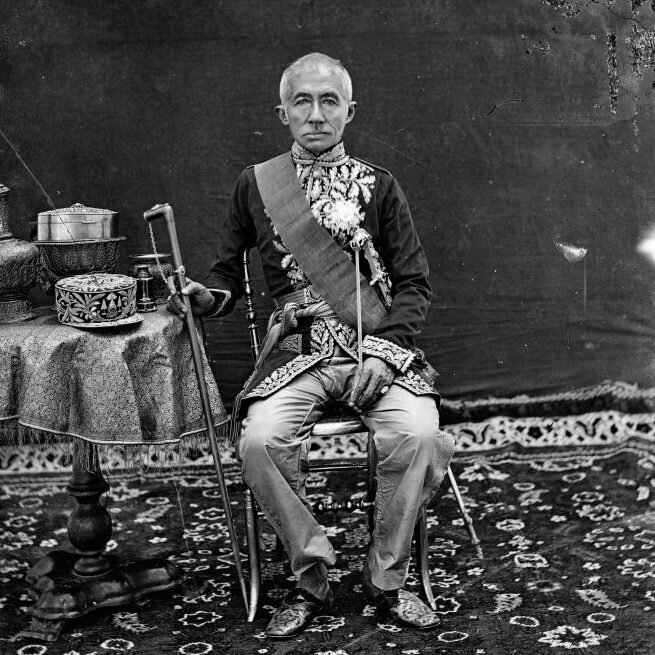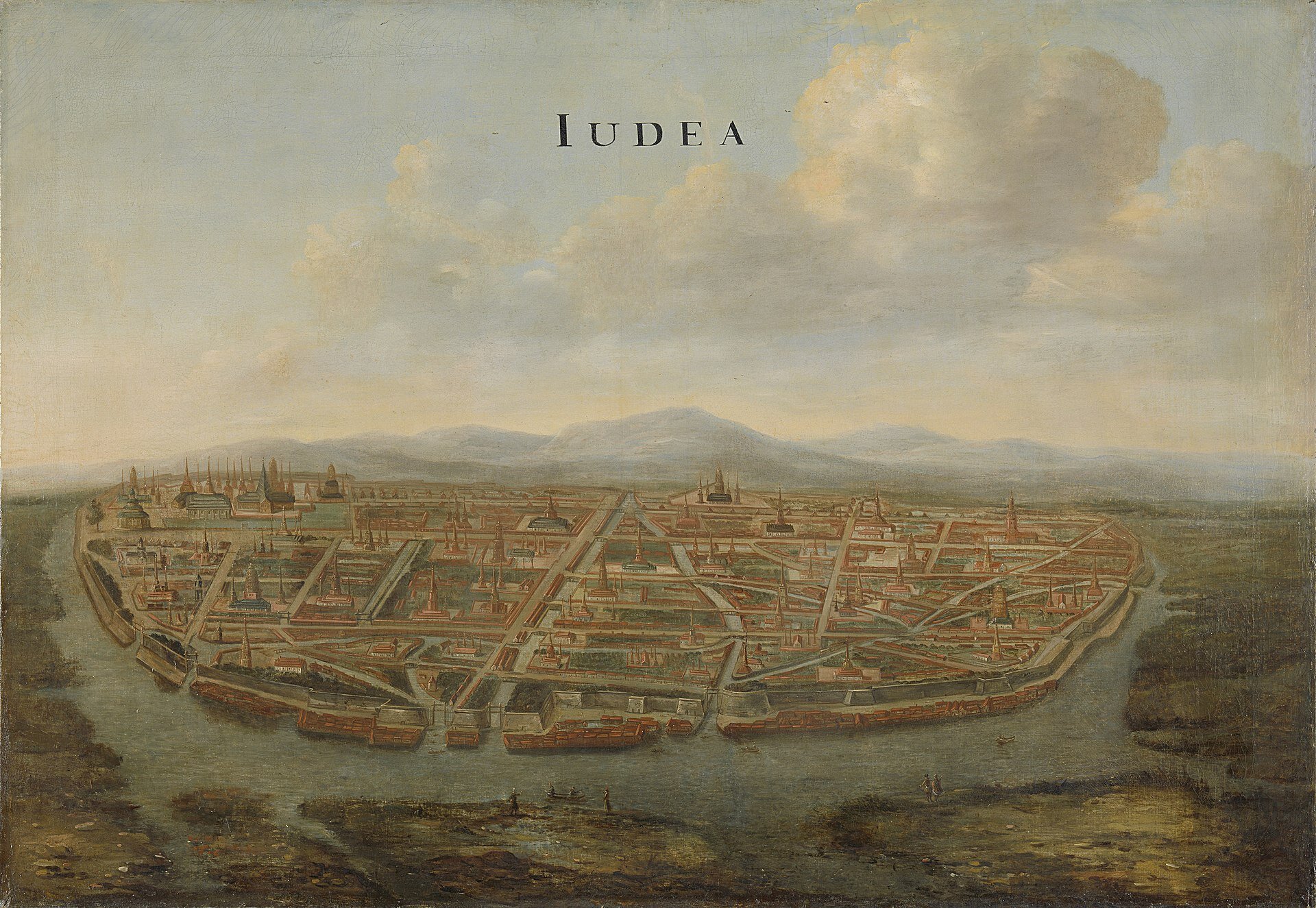Ep. 262 | The History of the Thai Chinese (Part 4)
In this Part 4 episode of our History of Thai-Chinese overview, Laszlo continues on with the second half of the 18th century, a prosperous time for the Kingdom of Siam. With all this unprecedented good fortune sloshing around the kingdom thanks to free trade, the demand for labor drew waves of Chinese immigration to this western edge of the South Seas.
Listen On Your Favorite Podcast Player
Terms in Episode
| Pinyin/Term | Chinese | Thai | English/Meaning |
|---|---|---|---|
| Angyi | 红字 | Thai word for Chinese secret societies that operated in the kingdom | |
| Ayudhya | 艾尤塔雅 | อยุธยา | Also written Ayutthaya and Ayodhya, City north of Bangkok that was site of a Siamese kingdom that lasted 1350 to 1767 |
| Chakri Dynasty | 查克里王朝 | ราชวงศ์จักรี | The current ruling dynasty in Thailand, founded 1782 |
| chao muong | Similar to the Chao Sua but primarily in the south of Thailand. They were also called Hokkien Rajah's | ||
| chao sua | Upper crust ethnic Chinese families who gained riches through their association with the royal house. | ||
| Cháoshàn | 潮汕 | เฉาซาน | Coastal region in eastern Guangdong where the Chaozhou-Shantou-Jieyang people come from |
| Dàoguāng Emperor | 道光帝 | จักรพรรดิต้ากวง | Qing emperor from 1820-1850 |
| Dōngyà Bìngfū | 东亚病夫 | ชายป่วยแห่งเอเชียตะวันออก | “The Sick Man of Asia", a term that described the Ottoman Empire in 1853 but was later applied to the Qing Dyansty during its worst years. |
| Fujian | 福建 | ฝูเจี้ยน | Coastal province in southern China where all Hokkien and Hokchiu people hail from |
| Guangdong | 广东 | กวางตุ้ง | Mainland China's southernmost province |
| Guangzhou | 广州 | กว่างโจว | Capital of Guangdong province. Also known as Canton |
| Guizhou | 贵州 | กุ้ยโจว | Province in western China |
| Hakka | 客家 | แคะ | A group of Chinese, originally from the north who migrated in great numbers to the south of China during the 4th century CE |
| Henan | 河南 | เหอหนาน | Province in north China |
| Hokkien | 福建 | ฝูเจี้ยน | Overseas Fujian people who primarily came from the south, around Xiamen and Zhangzhou and all points in between |
| Hubei | 湖北 | หูเป่ย | Province in Central China |
| Huágōng | 华工 | Chinese workers | |
| Huáshāng | 华商 | Chinese engaged in business and commerce | |
| Hǎinánese | 海南人 | ไหหลำ | People who hail from the island province of Hainan, just off the southwest coast of Guangdong |
| Jiangxi | 江西 | เจียงซี | Province in Southeast China |
| King Mongkut | 蒙固王 | พระบาทสมเด็จพระจอมเกล้าเจ้าอยู่หัว | See above Rama IV |
| King Rama I | 拉玛一世 | พระพุทธยอดฟ้าจุฬาโลกมหาราช | Chakri Dynasty founder. Reigned 1782-1809 |
| King Rama V | 拉玛五世 | จุฬาลงกรณ์ | The fifth king of the Chakri Dynasty, reigned 1868-1910 |
| Kongsi (gōngsī) | 公司 | บริษัท | Chinese self-help organizations that also offered a number of other "services" to its members and society |
| Méinán | 湄南河 (昭拍耶河) | แม่น้ำเจ้าพระยา | Chinese name for the Chao Phraya River |
| Méixiàn | 梅县 | เหม่ยมณฑล | City in Eastern Guangdong province where the Hakka people make up the majority of the inhabitants. |
| Phrakhlang | กรมพระคลัง | The most powerful ministry in Siam. Responsible for foregn trade, foreign relations and the treasury | |
| Qing Empire | 大清 | ชิง | Imperial China's last and final dynasty. Lasted from 1644-1911 |
| Rama IV | 拉玛四世 | พระบาทสมเด็จพระจอมเกล้าเจ้าอยู่หัว | Fourth king of the Chakri Dynasty. reigned 1851-1868 |
| Shàntóu | 汕头 | ซัวเถา | Major city of the Chaoshan region where the Teochew people came from originally |
| Sun Yat-sen | 孙逸仙 | ซุนอี้เซียน | Kuomintang founder and father of the revolution that ended the Qing Dynasty |
| Taksin the Great | 达信大帝 | สมเด็จพระเจ้าตากสินมหาราช | King of Siam 1767-1782, founded the Thonburi Kingdom |
| Teochew | 潮州人 | แต้จิ๋ว | Chinese born or descended from the Chaoshan region of eastern Guangdong province |
| Toi San | 台山 | ไท่ซาน | One of the cities of the Pearl River Delta where most Chinese Americans are descended from |
| Tóngménghuì | 同盟会 | ถงเหมิงฮุย | An association created in August 1905 by Sun Yat-sen which organized revolutionary Chinese students studying in Tokyo at the time. The purpose was to form sponsor uprisings in China against the Qing |
| Tóngzhì | 同治 | จักรพรรดิถงจื่อ | Qing Emperor 1861-1875 |
| Tǔkè Xièdòu | 土客械斗 | the Punti Hakka Clan Wars that lasted 1855-1868 | |
| Wǔhú zhīluàn | 芜湖之乱 | the Invasions from the north of the so-called Five Barbarians of 304-316 CE | |
| Xiàmén | 厦门 | เซียะเหมิน | Port city in southern Fujian, one of the main homelands of the Hokkien people. |
| Xiānfèng | 咸丰 | จักรพรรดิเสียนเฟิง | Qing Emperor 1850-1861 |
| Xīnhài Revolution | 辛亥革命 | Also called the 1911 Revolution. A series of revolts that culminated in the Wuchang Uprising of October 1911. |














In this concluding episode of our Thai-Chinese overview, we wind things down with events that happened during and after WWII and go over Thailand’s role in the region as a modern economic powerhouse.